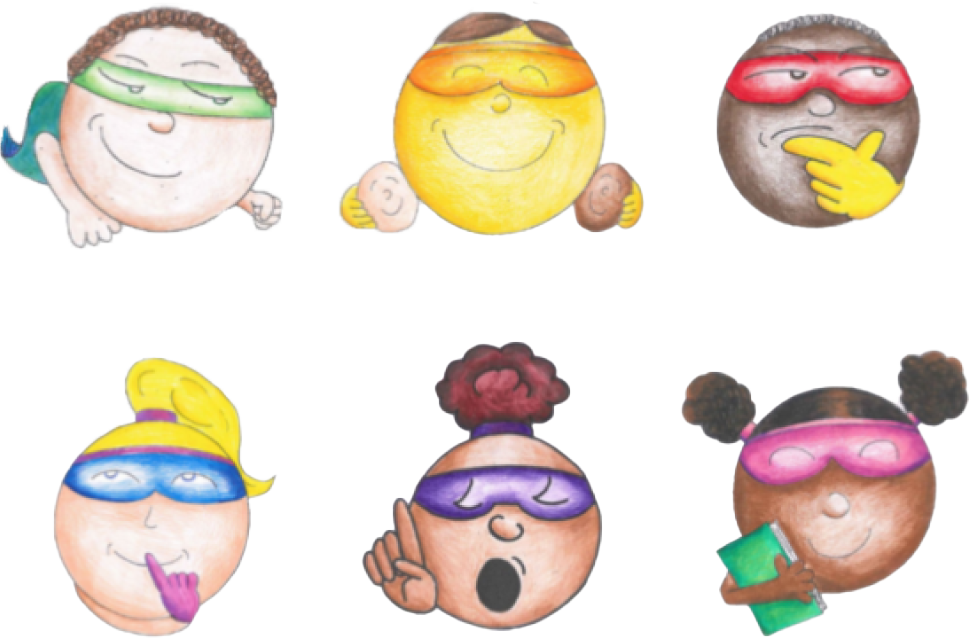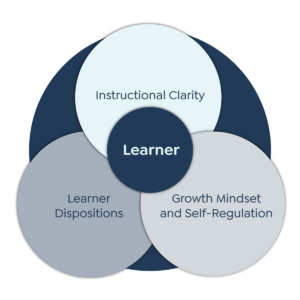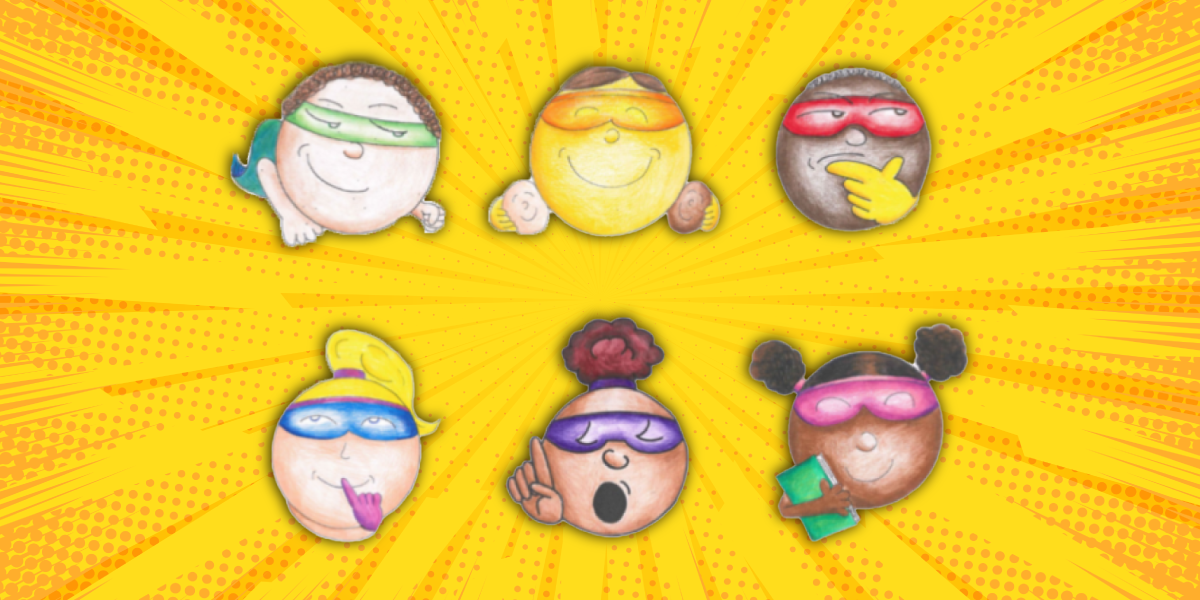Start of a Journey – The Beginning
In the fall of 2017, we embarked on a journey that would be revolutionary for our school. Together we defined, for the first time at Boulevard, what it means to be a learner and used our learner profile to set and achieve our goals related to student engagements. Credit for our successes is attributed to a staff with a shared vision and a thirst for change, but let’s start at the beginning.
Our small elementary school has two teachers per grade level and a handful of specialists serving kindergarten through fifth grade. When I arrived as their new principal, there was no question as to the extent of the teachers’ dedication and willingness to do whatever needed to be done in order to produce successful results. It was clear that the staff was passionate about students. Teachers were compelled to dig into problems, hoping to produce better results. Areas of concern ranged from basic skills in literacy to the ever-so-daunting issue of behavior.
The Vision – “What do we need to focus on?”
We started with the question, “What are the most critical areas in need of change?” A question not asked of me, but all of us, collectively. This collaboration was critical. Within the process of determining what had to be addressed and what action steps we were going to take, first and foremost, we needed to do it as a team. We had to devote time to brainstorming and prioritizing our challenges. We also had to listen to each other, something not possible without having established a certain level of psychological safety.
After a series of meetings and collaborative activities, what we believed to be most critical were student engagement and behavior. First, we needed to figure out what exactly engagement was. What do we define as engagement? What are we looking for when we attempt to reinforce engagement with our students? We understood that this may look different from teacher to teacher. While each of us may have had a justifiable definition of engagement, collectively we were not on the same page. More importantly, teachers’ viewpoints aside, it was the perspectives of the students that mattered.
Developing the Learner Profile
Student Perspectives – We asked students, “What does a good learner do?”
Our Profile of a Strong Learner:
We wondered, “What are our expectations and how do we teach students to be good learners?”
We asked ourselves, “How do we teach these to the students?”
If we were going to teach students what good learners do, we needed to figure it out first. As a staff, we began by brainstorming all of the things that we thought good learners do.
Including, but not limited to:
- Stay focused
- Ask questions
- Embrace curiosity
- Share ideas
- Work to solve a problem
- Like being challenged
- Like challenges
- Collaborate with others
- Are persistent when solving problems
- Recover from being stuck
- Are enthusiastic
The team felt it was important to keep them clear and simple. If it was too complicated with too much language, it was less likely that students would remember the words associated with the dispositions. After rounds of collaboration and discussion, we generated a list of six dispositions that would encompass our school’s learner disposition framework.
- Problem-Solver
- Collaborative
- Engaging
- Inquisitive
- Persistent
- Reflective
With this list of six dispositions complete, we had more work to do. We needed to find a way to connect students to these words. Something that would make it fun and more kid-friendly. We thought that if we tied a superhero to each of them, it would allow us to build a theme for our work. That being said, our school’s learner superheroes were born.
- Problem-Solving Sam
- Engaged Emma
- Reflective Roxanne
- Inquisitive Imani
- Collaborative Cory
- Persistent Pablo

Dispositions and Rules – Keep Them Separated
Having established a framework to teach students what good learners do, we knew that it wouldn’t be easy or quick.
Additionally, we felt success in these learner powers should not be a matter of compliance or attached to a punitive structure. We understood them as expectations meant to be fostered over time. However, we felt there was a distinction between types of expectations. Meaning, there is a difference between rules and learning dispositions. Both must be taught and are expected, however, rules have clear consequences. The distinction was that rules are things that most students could do and if they didn’t, they should receive a consequence. Things like keeping hands and feet to yourself, being kind and respectful, and following directions the first time given are behaviors that could and should be expected of all students.
This distinction led us to the generation of two categories of teachable expectations. The rules would be reinforced throughout the school and the learner powers would be taught throughout instruction.
Clarity in Instruction- Empowering students
Our second phase of the work aimed to achieve instructional clarity. This would include all content areas. Our goal was to be very clear to students about what it means to be successful. Students must understand where they are and what is next for them. We began by developing learning intentions and success criteria for each unit of instruction. Our first step was to examine summative assessments and the standards that are being taught for each unit. Working with the end in mind, we established routines to develop success criteria within teacher-based teams. Interestingly, we found that while we were creating these for students, we discovered that the process was highly valuable for teachers prior to designing their lessons.
As we planned how we were going to engage students in the learning intentions and success criteria, we deemed it critical to co-construct both with students during instruction. We believe that students must surface their current understanding of a concept before they can think about what is next in their learning and ultimately, enter into the learning zone.
Working to support students’ self-efficacy, we had to find a way to propel students into the learning zone. A place that students commonly avoid, because it can be uncomfortable. Our strategy was to infuse a growth mindset for students. A universal practice across the school is the use of The Learning Pit (Nottingham, 2017), a strategy based on the work of James Knottingham. Nottingham’s Learning Pit is a kid-friendly approach that aims to illustrate that learning is often uncomfortable as if you were climbing down and back out of a pit. With the use of common visuals throughout the school, our goal was to make it okay to not know or be stuck during learning. It was internal self-regulation that was going to allow students to take risks and work through the cognitive conflict that they feel when they are struggling.
Summary
 Ultimately, our team came to realize that our impact on students would be proportional to how comprehensive our approach is. While taking the time to strengthen our instructional clarity was critical, it was not going to impact students if they did not have the tools to self-regulate during learning. Our goal was to build agency in our students. We found that if we placed an equal amount of effort on how to make students better learners, it would have a greater impact on our instructional clarity work. The diagram below visually organizes this concept:
Ultimately, our team came to realize that our impact on students would be proportional to how comprehensive our approach is. While taking the time to strengthen our instructional clarity was critical, it was not going to impact students if they did not have the tools to self-regulate during learning. Our goal was to build agency in our students. We found that if we placed an equal amount of effort on how to make students better learners, it would have a greater impact on our instructional clarity work. The diagram below visually organizes this concept:
Works Cited:
Nottingham, J. (2017). The Learning Challenge: How To Guide Your Students Through The Learning Pit. Corwin, a SAGE Publishing Company.


